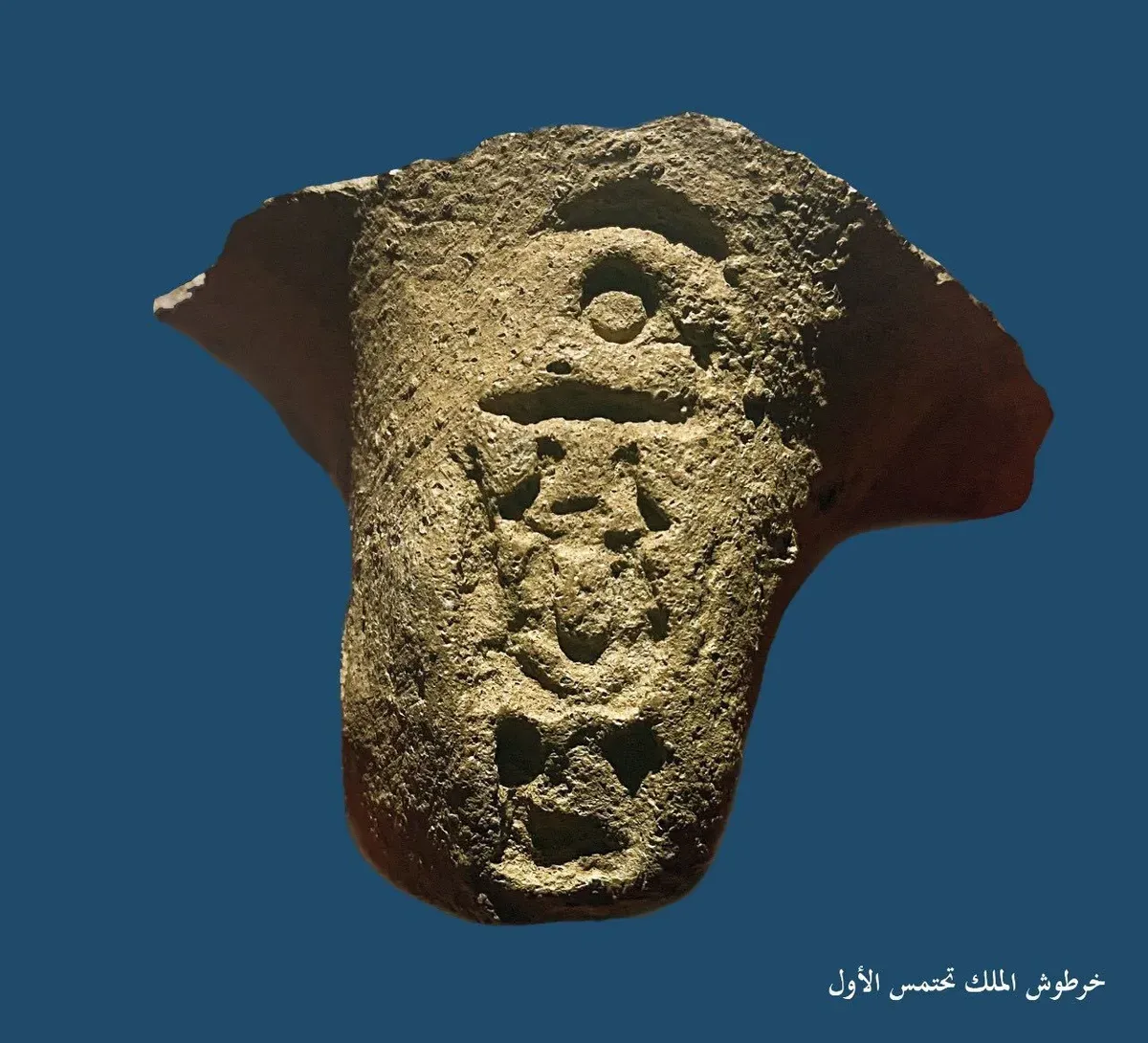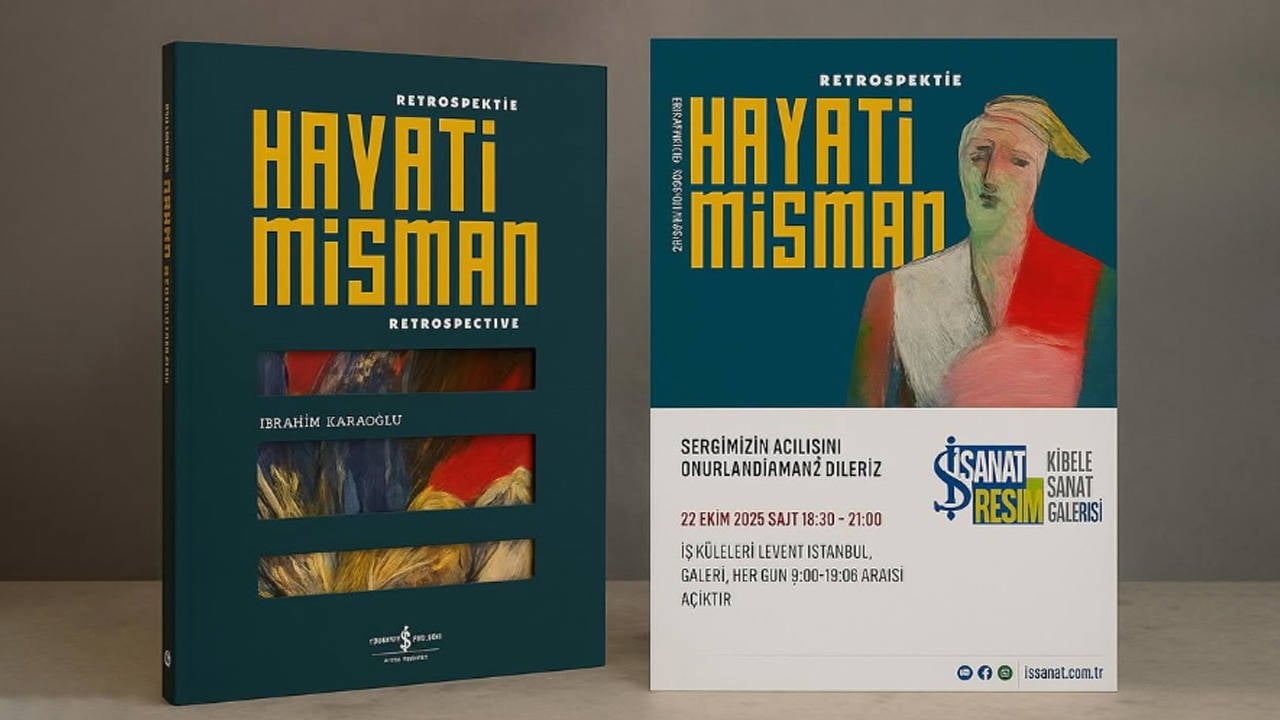A 3,500-year-old castle was found in the desert.

The discovery was made at the archaeological site of Tell el-Kharouba, near the Mediterranean coast. The fortress dates to the reign of Pharaoh Thutmose I, who reigned from 1504–1492 BC. According to the Egyptian Ministry of Tourism and Antiquities, Thutmose's conquests, which extended as far as Syria, explain the fortress's strategic location.
The castle is located on the ancient military road known as the "Way of Horus" (Via Maris). This road represents a critical link connecting the Nile Delta to the eastern Mediterranean via the Sinai. Other castles are known to have been discovered along this line.
One of the castle's most striking features is a zigzag-shaped interior wall running north to south. This wall separates the western section from the residential area and makes the structure more resistant to wind and sand erosion. Excavation director Hesham Hussein states that this design was a deliberate choice for structural stability.
Small ovens were found in some of the castle's outer sections. These ovens are thought to have been used to prepare the soldiers' daily needs. A piece of petrified dough found next to one of these ovens may have belonged to a dish left uncooked thousands of years ago.

Eleven defensive towers have been identified at the fortress so far. The foundations of some of them contain ceramic vessels placed during construction. These vessels are stamped with the name of Pharaoh Thutmose I. In ancient Egypt, such items, placed beneath structures, were often used as ritual offerings.
The castle is estimated to have been approximately 0.8 hectares in size, and a garrison of this size would have housed approximately 400 to 700 soldiers. The average number is estimated to have been 500.
Volcanic rocks from the Aegean Islands were also found in the residential areas within the castle. These rocks are thought to have been used as building materials, and researchers are investigating whether the area had a port that provided maritime support for the castle.
This significant discovery is crucial not only for military architecture but also for understanding how Egypt defended its eastern borders during the New Kingdom. Archaeologist James Hoffmeier emphasizes that this fortress and similar structures at Tell el-Borg enabled Egypt to maintain its dominance as far as Canaan for four centuries.
SÖZCÜ




